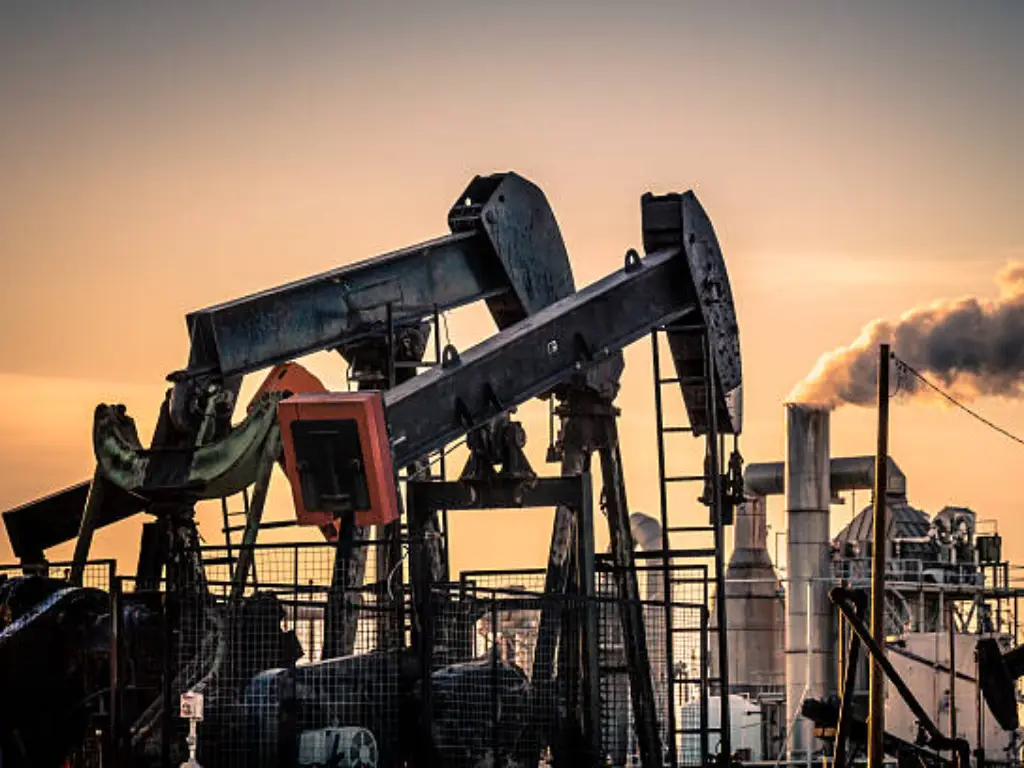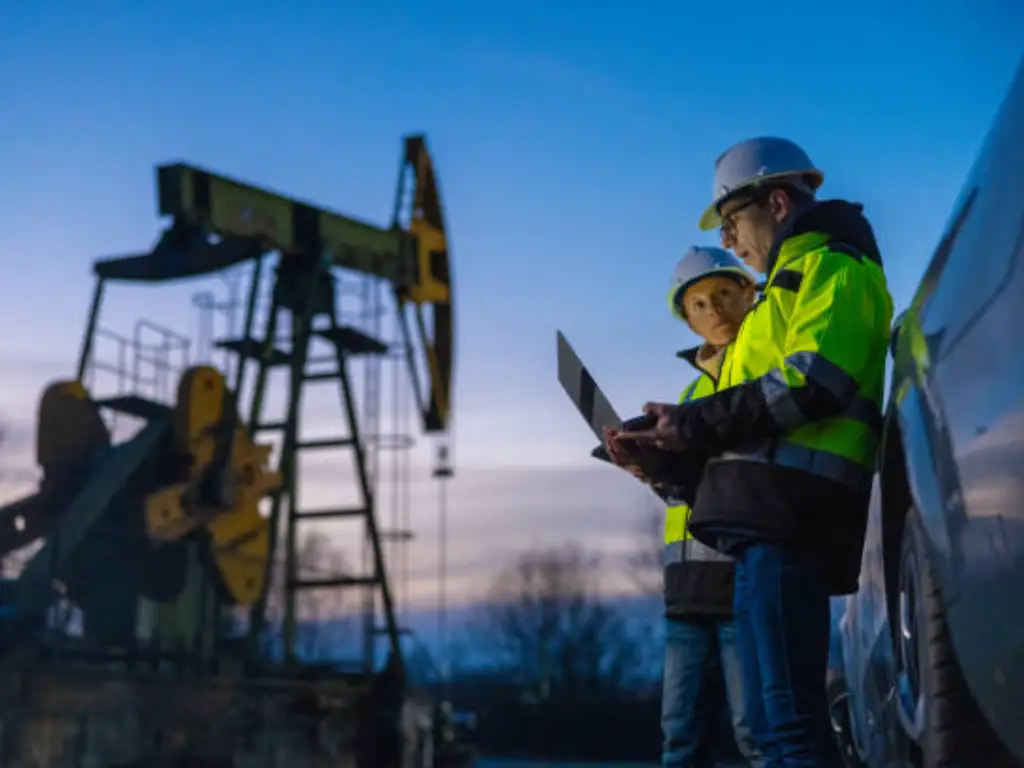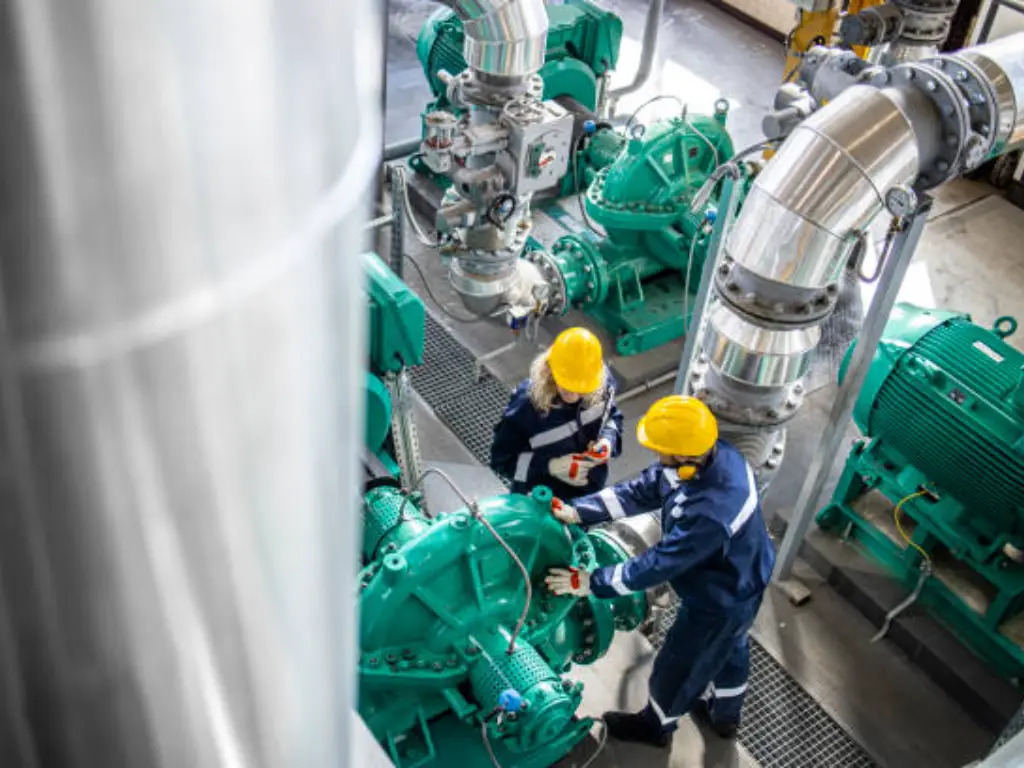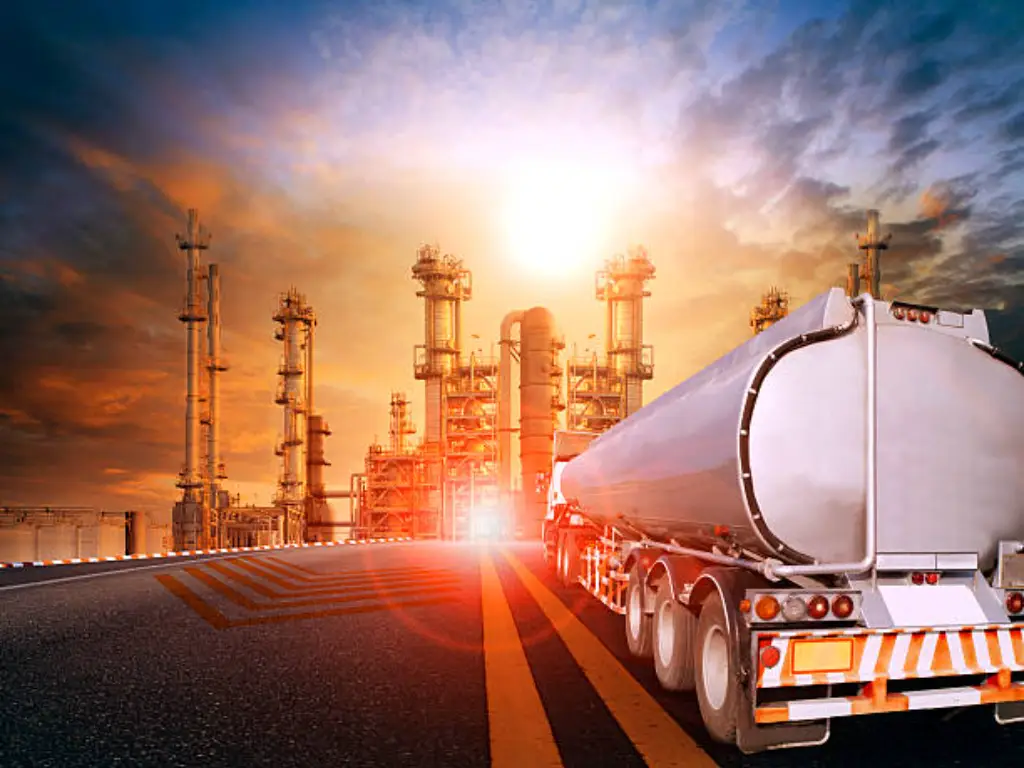Fossil fuels are very important in society today as they are used in cars, and electricity among other uses. Among these, oil and gas are often mentioned together, leading to the common question: is oil and gas the same thing? Both of them are derived from the ancient organic matter which has been buried deep in the earth but they are different in their characteristics and applications. Oil is mainly a liquid that is used in such products as gasoline and heating oil while gas, which is often in gaseous form, is used for heating and electricity.
It is crucial to distinguish between oil and gas because this affects all aspects of life, including the economy and the environment. The price of oil is volatile and influences global markets while gas is an important component of energy cost and carbon footprint. Understanding these differences enables us to make wiser choices on how we harness energy in our day-to-day activities.

What is Crude Oil?
Crude oil is a liquid hydrocarbon that is derived from the earth’s sub-surface reservoirs and is an important member of the fossil fuels family. This complex substance is mainly made up of hydrocarbons which are molecules that contain hydrogen and carbon atoms. In addition to these hydrocarbons, crude oil also contains other elements in lesser quantities, including sulfur, nitrogen, and oxygen, which affect the nature of crude oil and its refining process.
Crude oil is a complex mixture of hydrocarbons that can include lighter molecules such as propane and butane as well as heavier molecules such as asphalt. The relative proportions of these hydrocarbons define the characteristics of the oil such as volatility, density, and viscosity. These properties in turn determine how crude oil is processed into various products, including high-energy products such as jet fuel and diesel, as well as other products such as heating oil and octane, generating a wide range of uses for this valuable resource.
What is Natural Gas?
Natural gas is an important gaseous fossil fuel that mainly consists of methane (CH₄) and other minor amounts of hydrocarbons like ethane and butane. It is one of the main sources of energy which is widely used in many sectors because of its high efficiency and less pollution than other hydrocarbons.
The main component of natural gas is methane which is a very simple molecule with one carbon atom surrounded by four hydrogen atoms. This molecular formation makes natural gas a cleaner fuel as it emits less carbon dioxide and pollutants than crude oil-based fuels. This characteristic has made it a preferred choice for applications where emissions have to be minimized.
How did oil and natural gas form?
Oil and natural gas are formed through a geological process that may take millions of years to complete. It is derived from small organic particles in the early oceans including plankton and algae.
The process starts with the deposition of huge amounts of organic material on the ocean floor which is then covered with layers of sediment. These layers accumulate over time and form layers of rocks that contain organic matter in the form of layers known as strata. The pressure from the layers above increases with the addition of more layers and the heat from the Earth’s crust starts to influence these sedimentary layers.

At high temperatures and pressures, the buried organic matter migrates to the surface and turns into liquid or gaseous hydrocarbons. The first stage is commonly known as the ‘oil window’ during which organic matter transforms into a substance known as kerogen and then to oil. With an increase in temperature and pressure, some of the lighter hydrocarbons are transformed into natural gas.
These oil and gas deposits accumulate at the bottom of the sedimentary basins and then move upwards through the porous rocks and accumulate in a reservoir where they are confined by the nonporous cap rock layers. These resources are then explored and drilled and are one of the most important energy sources in modern society.
Key Differences Between Crude Oil and Natural Gas
Crude oil and natural gas are two of the most important non-renewable resources that are used in the production of various goods and services across the world.
It is therefore important to have a clear distinction between crude oil and natural gas to fully appreciate their roles in the energy market. Both are hydrocarbons and are considered the major energy resources but they are different in physical properties, methods of production, and uses.
| Aspekt | Crude Oil | Erdgas |
| Molecular Structure | Composed of larger, more complex hydrocarbon molecules, contributing to its liquid state at room temperature. | Primarily composed of methane (CH₄), a simple molecule, which exists in a gaseous state under standard conditions. |
| Physical State | Liquid at room temperature, making it easy to transport via pipelines and tankers. | Gaseous at room temperature, requiring compression into liquefied natural gas (LNG) for efficient storage and transport. |
| Extraction Techniques | Extracted through drilling and hydraulic fracturing, especially in shale formations, focusing on bringing liquid oil to the surface. | Extracted through similar methods, with an emphasis on capturing gas directly from reservoirs and minimizing flaring or venting. |
| Storage and Transport | Transported in liquid form via pipelines and tankers. | Transported as LNG or through pipelines, depending on the distance and purpose. |
| Primary Uses | Refined into products like gasoline, diesel, jet fuel, and industrial materials such as plastics and chemicals. | Used for heating, and electricity generation, as a feedstock in chemical production, and as a fuel in compressed natural gas (CNG) and LNG forms. |
Environmental Impact: Crude Oil vs. Natural Gas
Crude oil and natural gas are two different products that have different effects on the environment and each has its problems. Burning of crude oil results in the emission of large quantities of carbon dioxide and other pollutants, which are major causes of greenhouse effect and air pollution. Accidents such as oil spills which are common in the extraction and transportation process pose a great danger to the marine and land environment and wildlife and water bodies.
Natural gas, which is marketed as a cleaner fuel, yields less carbon dioxide when burned than crude oil. This has placed it in a strategic place in the shift towards cleaner sources of energy in the energy mix. However, the use of natural gas as a source of energy has been associated with some environmental concerns such as leakage of methane during the extraction and transportation processes. Methane which is a potent greenhouse gas can cancel out the benefits of lower carbon intensity of natural gas and electric vehicles if not controlled.
The process of refining crude oil is accompanied by emissions of sulfur and nitrogen oxides which are dangerous for the quality of air and people’s health. However, the processing of natural gas is relatively safer than the processing of crude oil, but there are always chances of emission and leakage that must be avoided.
In the environmental field, advanced valve designs can be used to minimize leakage during the production of oil and gas, especially leakage of methane. Valves can also help in avoiding environmental disasters through the use of efficient sealing technology and real-time monitoring systems, thus reducing the effects of the oil and gas industry on the environment.

Refinement Process: From Crude Oil to Fuel and Beyond
Crude oil and natural gas require further processing to become the fuels and products that are used in our day-to-day lives. Crude oil is a liquid mixture of hydrocarbons and it is refined through many processes. This is followed by distillation where the oil is heated and the compounds in it are separated according to their boiling point. The lighter fractions such as gasoline and diesel are taken at various levels of the distillation column. Other processes like cracking, for instance, fractionate the larger hydrocarbons into smaller ones while treating eliminates undesirable components like sulfur to yield products such as heating oil and jet fuel.
Natural gas, which is mostly methane, also needs to be purified before it can be used. This processing involves stripping of sulfur compounds, nitrogen, and carbon dioxide which are known to cause corrosion of pipelines and decrease combustion efficiency. After the purification process, natural gas is used for home heating, and electricity generation, and as a raw material in the production of chemicals such as fertilizers and plastics.
Both processes are crucial in making sure that crude oil and natural gas are not only safe for use but also in the best way to perform in various uses, such as in vehicles, and industries, among others. Studying these processes helps to realize the fact that the conversion of crude fossil fuels into the energy products we use every day is a very complex and highly developed process that takes a long time to refine.
Oil and Gas Reserves Around the World
Oil and gas resources form a major part of the global energy economy and their distribution has had a profound impact on economic structures and international relations. The Middle East has the largest and most easily accessible oil reserves, while North America has emerged as one of the largest oil producers due to technological advancement. Europe also has significant oil and natural gas fields, with the North Sea being a major region for production shared by several countries. Russia and the United States are the leaders in natural gas production and they are the key suppliers of natural gas in the world. The importance of the potential of emerging markets is rising as conventional oil and gas resources are gradually being depleted. Technological improvements have also enabled the exploitation of resources in more complex areas like offshore and other unexplored areas thus creating more opportunities for production.
Future Prospects: Transitioning from Fossil Fuels
With the global emphasis on change for the better, the roles of oil and gas are changing as well, and they are no longer limited to the provision of energy. The shift from the use of fossil fuels to renewable energy sources is crucial in minimizing the effects on the environment, but it is not easy. The world economy has been established on the infrastructure and supply chains of oil and gas and transitioning to a complete reliance on renewable energy sources is a costly affair. This transition entails more than just the development of new technologies, but also entails the development of new infrastructure and the modification of existing ones.
However, the transition to a sustainable energy future may not necessarily mean the exclusion of oil and gas but the inclusion of the two in a balanced energy mix. When these resources are combined, it is possible to stabilize the energy markets and ensure that there is a steady supply of energy while at the same time phasing out the use of fossil fuels. This integrated approach enables the energy system to be more robust, capable of meeting present needs, and at the same time, create the foundation for a cleaner energy future. The challenge is to plan and invest in the right way so that as renewables grow, they can replace the roles that oil and gas are currently playing to achieve a more balanced energy mix in the world.

Conclusion: Is Oil and Gas the Same Thing?
Oil and gas are two different things. Both are used in the global energy system but have different chemical properties, phases, and ways of extraction. These differences result in different uses across industries and different levels of effects on the environment. It is important to understand these differences, especially at this time when the world is grappling with issues of energy generation, conservation, and the use of cleaner sources of energy. Thus, understanding the specifics of the oil and gas industry will help to evaluate their contribution and potential in the further development of the energy sector and to develop more effective strategies for addressing emerging issues.
DomBor Valves: Essential for Oil and Gas Efficiency
DomBor Ventil has been in the market since 2001 offering valves that improve the efficiency and safety of the oil and gas industry. Our valves have more than 20 years of experience and are designed to provide accurate control and minimize leakage in the harshest conditions. Used by industry giants, DomBor valves guarantee that the processes of both oil and natural gas industries are as smooth and efficient as possible, with the valves being tested to the highest standards and meeting all the requirements of the industry.









